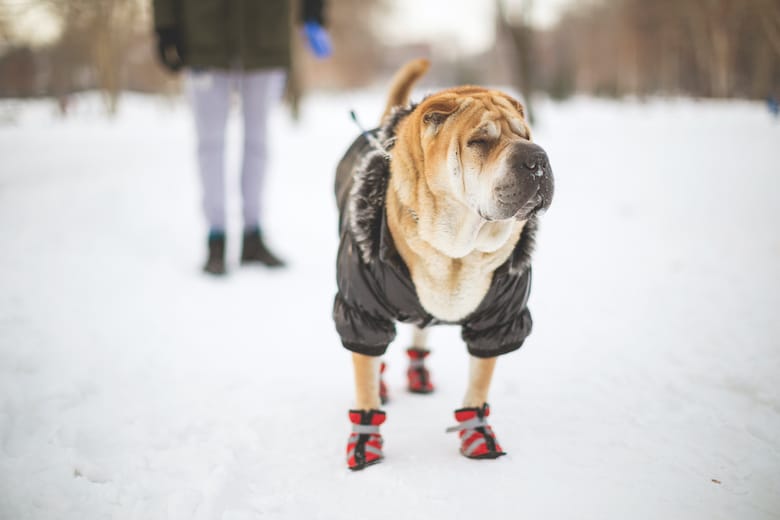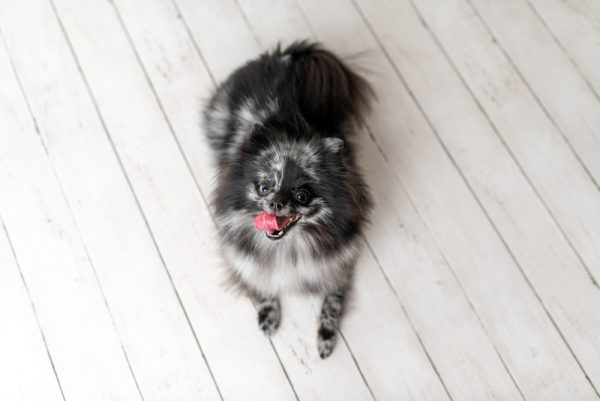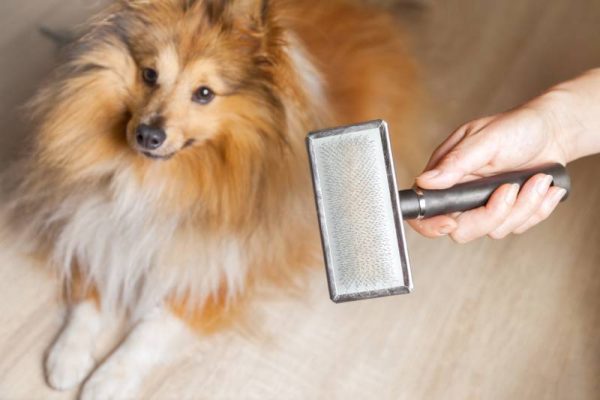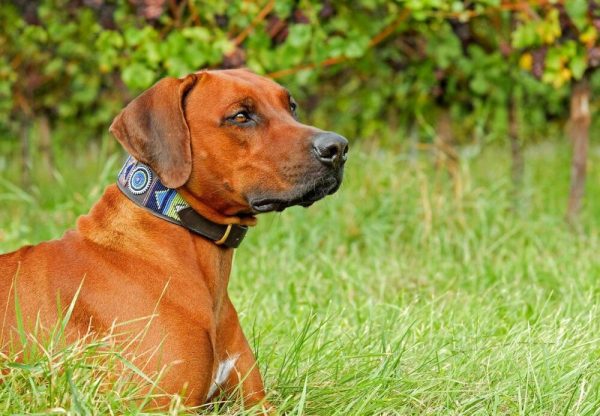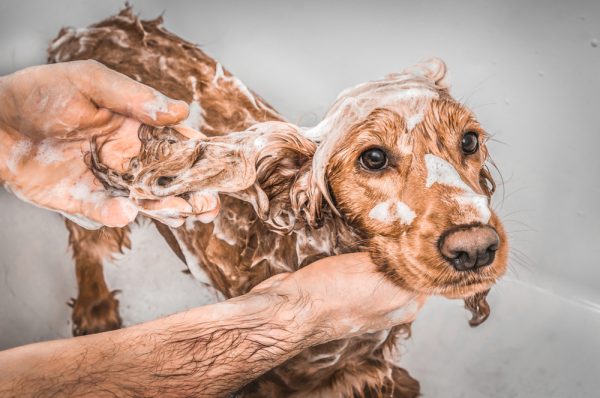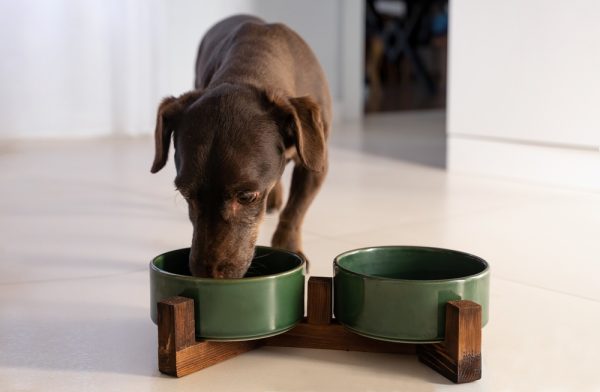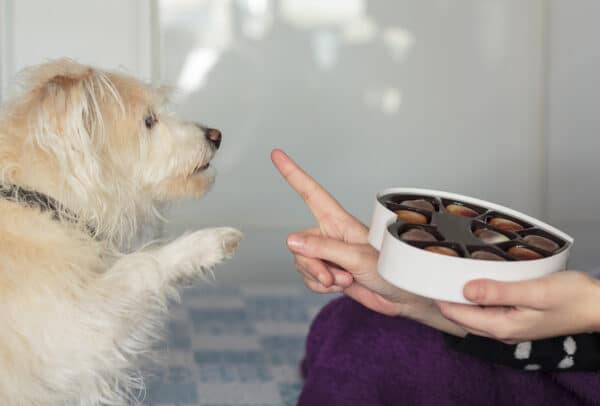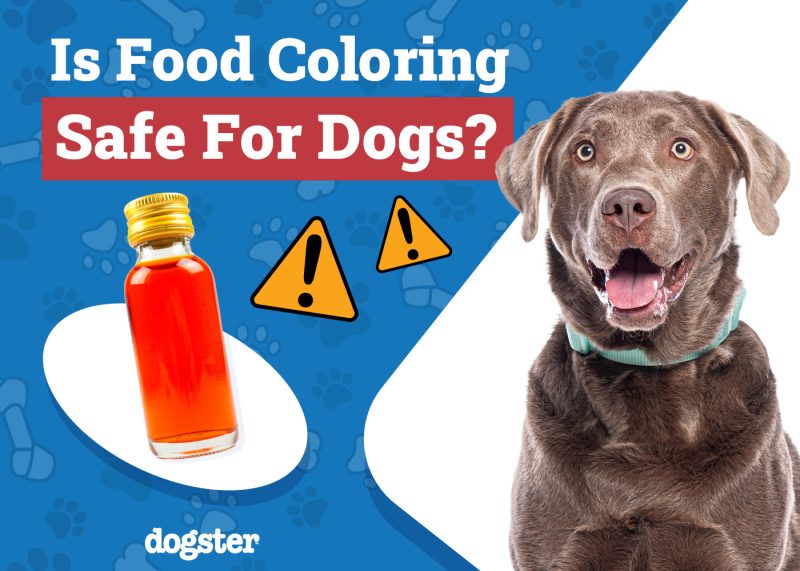Keeping your dog active and healthy during the winter months can be an extra challenge as the temperature drops. You usually have to make some modifications to your daily walk routine to ensure your dog stays safe during your walks outside. Some dogs will benefit from wearing a winter coat. However, not all dogs require a coat or wearing any other additional winter gear. Here’s what you need to know about winter dog gear before you buy a new coat for your dog.

Dogs Wearing Winter Coats
You can find all kinds of winter coats and sweaters for dogs of all sizes and breeds. While dogs may look adorable wearing a puffy jacket, they may not always need to wear them. Some jackets may also end up just being uncomfortable for dogs.
Winter coats typically aren’t necessary for larger dogs with double coats. Several dog breeds are also specifically bred to have coats that can withstand harsh weather. For example, Alaskan Malamutes and Saint Bernards usually can get by without wearing any winter coats or dog boots.
Dogs that should wear winter coats include smaller dogs, especially Chihuahuas, and dogs with short hair or single coats. This is because they have a harder time retaining heat when outside in cold weather. Dogs with lean and slim bodies, like Whippets, usually need to wear a winter coat for the same reason. You’ll also want to consider getting a winter coat for dogs with shorter legs because their bellies can get coated with snow. Therefore, Corgis, Basset Hounds, and Dachshunds all benefit from the protection of a warm winter coat.
You may also want to consider getting a winter coat for your dog based on their age. Older dogs may have more difficulty regulating their body heat. Colder temperatures can also exacerbate arthritic pain, so your dog may appreciate wearing a sweater while indoors.
If you’re leaving your dog outdoors they should 100% be the type of dog who can live outside in the winter thanks to their natural coats, no dog that needs a winter jacket should be left outside.
What Is the Best Coat for My Dog?
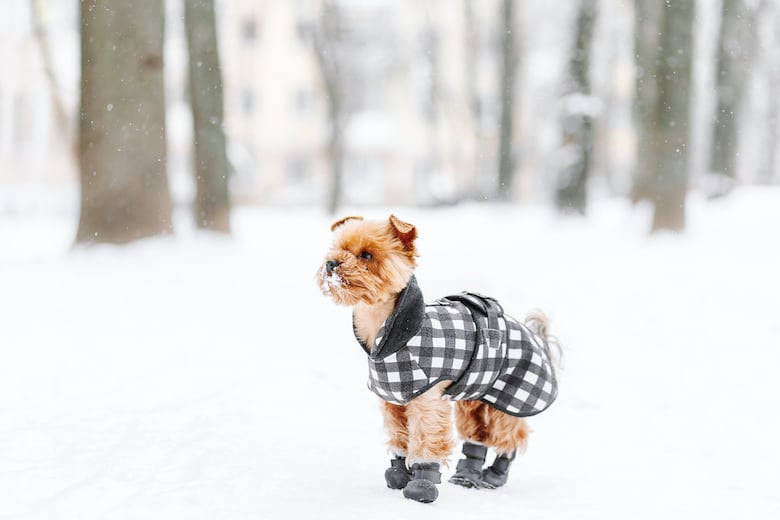
Dog coats come in many designs and are made with all kinds of materials. Try to look for coats made with material that isn’t prone to generating static. It’s best to get coats made with water-resistant or waterproof material that will protect your dog from snow and slush. The coat should also cover and protect your dog’s neck and stomach, but it should still have space for male dogs to urinate without soiling the coat.
How Long Can Dogs Stay Outside in Cold Weather?
Even if your dog has a warm winter coat, their time outside should be shortened during the winter. Most dogs can enjoy spending time outside without issues in temperatures above 45°F. Once the temperature drops below 32°F, smaller dogs and dogs with thin coats can have their health put at risk if they’re outside for too long. Dogs shouldn’t stay outside for too long in freezing temperatures, as spending prolonged time outside in these temperatures can lead to frostbite or hypothermia.
In general, dogs shouldn’t be outside for more than 10 to 15 minutes at a time in cold weather. Therefore, many dog owners will resort to having multiple short walks with their dogs throughout the day rather than one or two long walks during the winter.

Conclusion
Overall, small dogs and dogs with short coats will require wearing a winter coat, while larger dogs with thick coats can generally get by without wearing one. When shopping for a winter coat for your dog, make sure to look for one made with durable, water-resistant material. The coat should also cover your dog’s neck and belly area.
It’s important to note that buying the right coat for your dog will help them feel more comfortable while walking outside. However, keep in mind that dogs should still limit the amount of time they’re outside when the weather gets too cold.
See Also:
- Winter Gear for Dogs: 15 Essentials to Keep Your Dog Safe & Warm
- Do Dogs Like Wearing Clothes? Vet-Verified Facts & Preferences
Featured Image By: Miodrag ignjatovic/Getty Images
